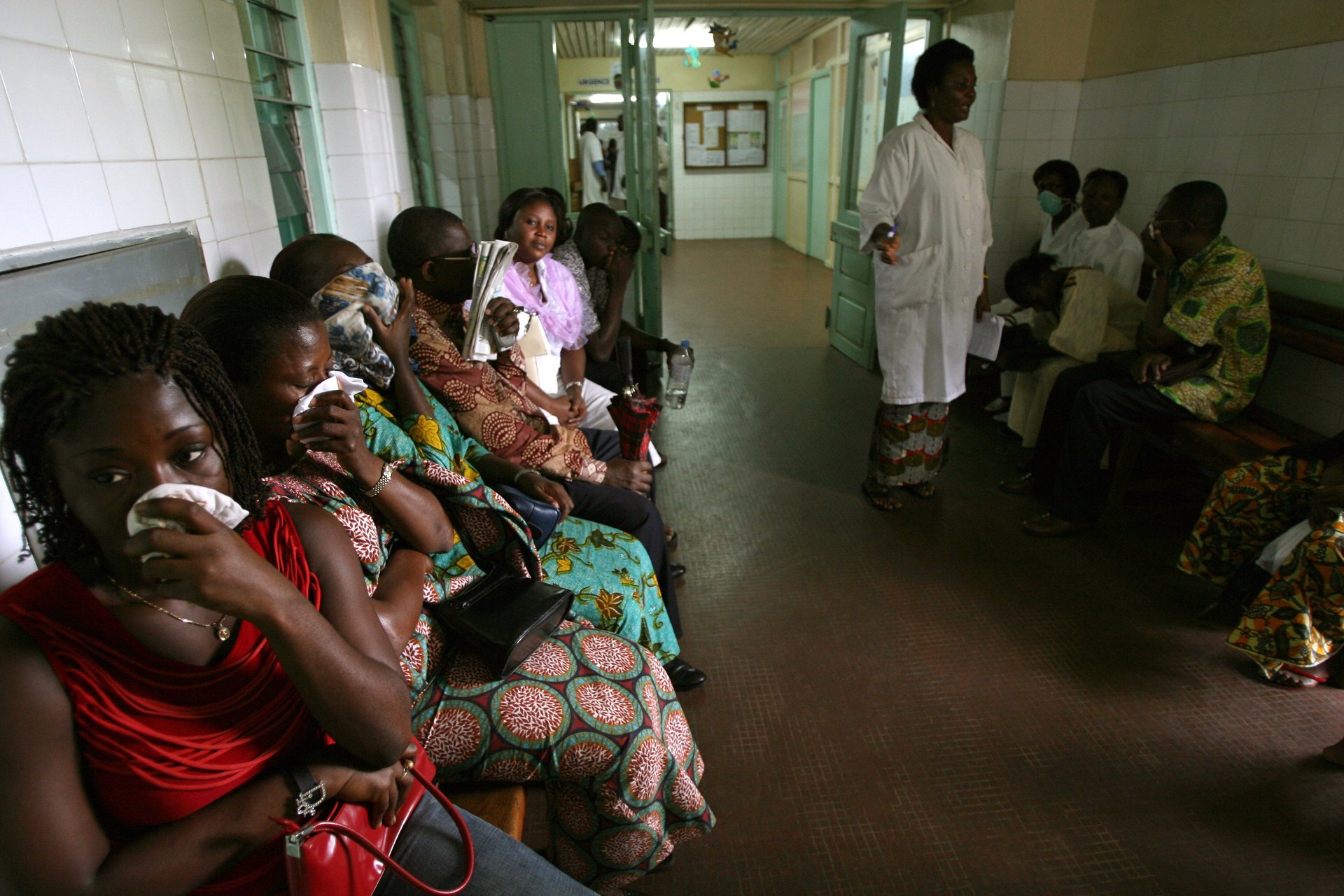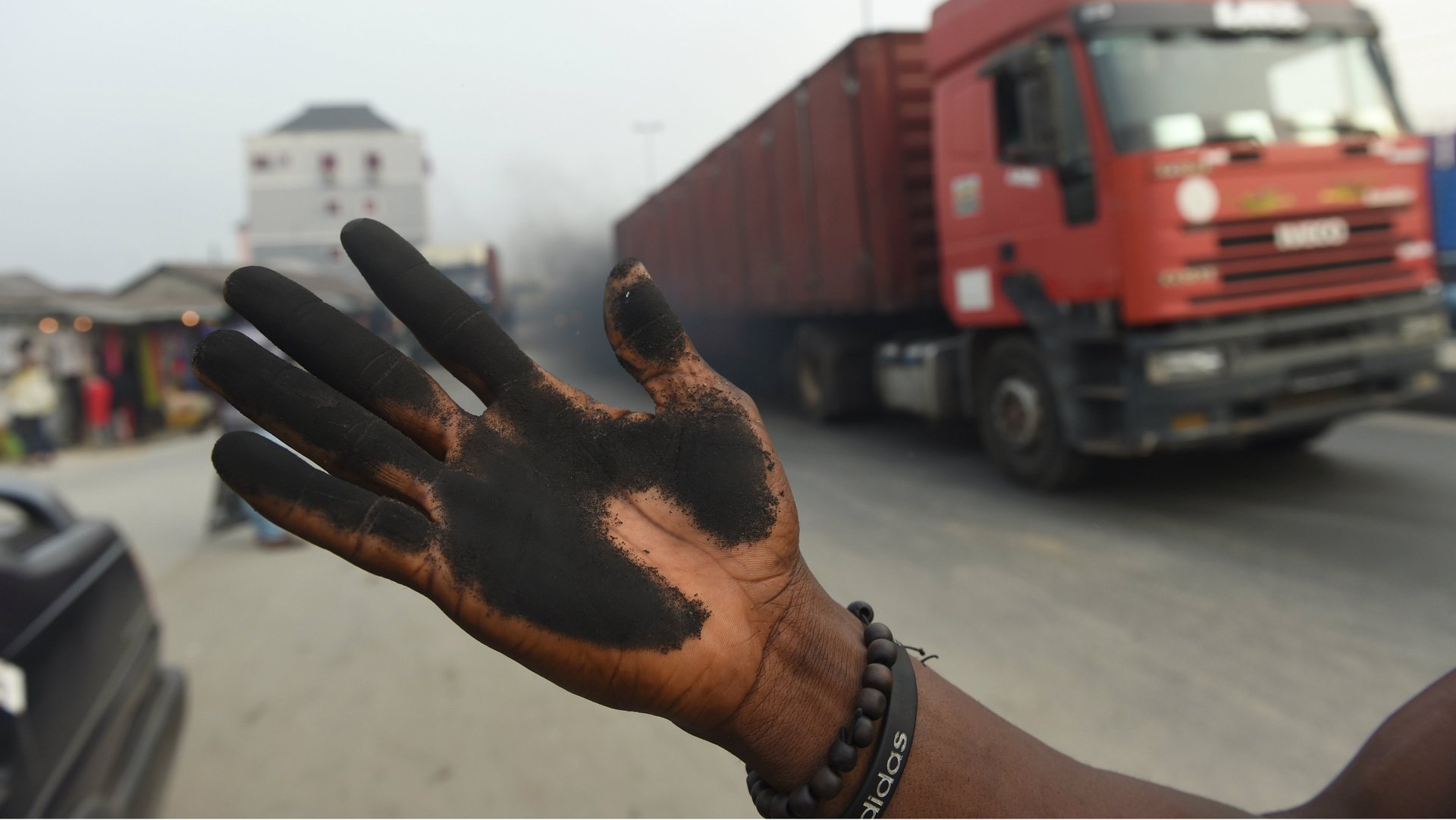Africa is home to some of the world’s most polluted cities—here’s why the air quality is not improving
There’s an obvious air pollution problem across several African cities—worse still, there’s no way to tell just how bad it is.


There’s an obvious air pollution problem across several African cities—worse still, there’s no way to tell just how bad it is.
It all boils down to some grim data: just seven of Africa’s 54 countries are home to “real-time air pollution monitors” while only 6% of children across Africa live within 50 kilometers of an air quality monitoring station, according to a new UNICEF report. In comparison that number is 72% in Europe and North America. The implication is simple: with air quality data not being measured, it is very likely the true scale of the problem is underestimated.
Over the years, there have been tell-tale signs though. A 2016 World Health Organization report placed four of the world’s worst-ranked cities for air quality in Nigeria. Onitsha, the worst ranked city globally, recorded 30 times more than the WHO’s recommended levels of particulate matter concentration. Meanwhile, soot particles often dominate the air in some of the continent’s oil-producing hubs, especially in southern Nigeria.

Last year, analysis of satellite imagery by Greenpeace, the Netherlands-based environmental non-profit, showed the world’s deadliest air pollution spot is in South Africa, with Mpumalanga, an eastern province, being the largest single area infected by the deadly nitrogen dioxide globally. The area is home to a dozen coal-fired power stations, owned and operated by South Africa’s national power supplier Eskom. With several processing plants and factories also operating mostly under lax regulation across the continent, the grim reality is that a lot more African cities could be badly affected.
Added up, these instances have resulted in thousands of deaths across the continent: between 1990 and 2017, deaths from outdoor air pollution in Africa grew by 60%, UNICEF’s report states. Also, as of 2013, air pollution was the most potent risk factor for Africans.
The big-picture reality is that, without adequate monitoring of air quality in real-time and limiting the causes of pollution, the problem will only get worse given Africa’s expected population boom. With an additional 1.3 billion people set to be on the continent by 2050, there will likely be an uptick in migration to urban centers, potentially resulting in more congestion and pollution.
Meanwhile, government action has been too infrequent. In one rare instance of proactive action, five African countries—Nigeria, Benin, Togo, Ghana, and Ivory Coast—raised their fuel quality standards in 2016, and in effect, banned substandard fuels from Europe. It came in response to an investigation which found Swiss companies took advantage of prevailing lower standards and sent fuel with high sulphur levels to African buyers, even though such cannot be sold legally in Europe. Two-thirds of samples taken from gas stations across eight African countries during the investigation, showed sulphur levels 150 times higher than the permitted European limit of 10 parts per million (ppm).
Sign up to the Quartz Africa Weekly Brief here for news and analysis on African business, tech and innovation in your inbox